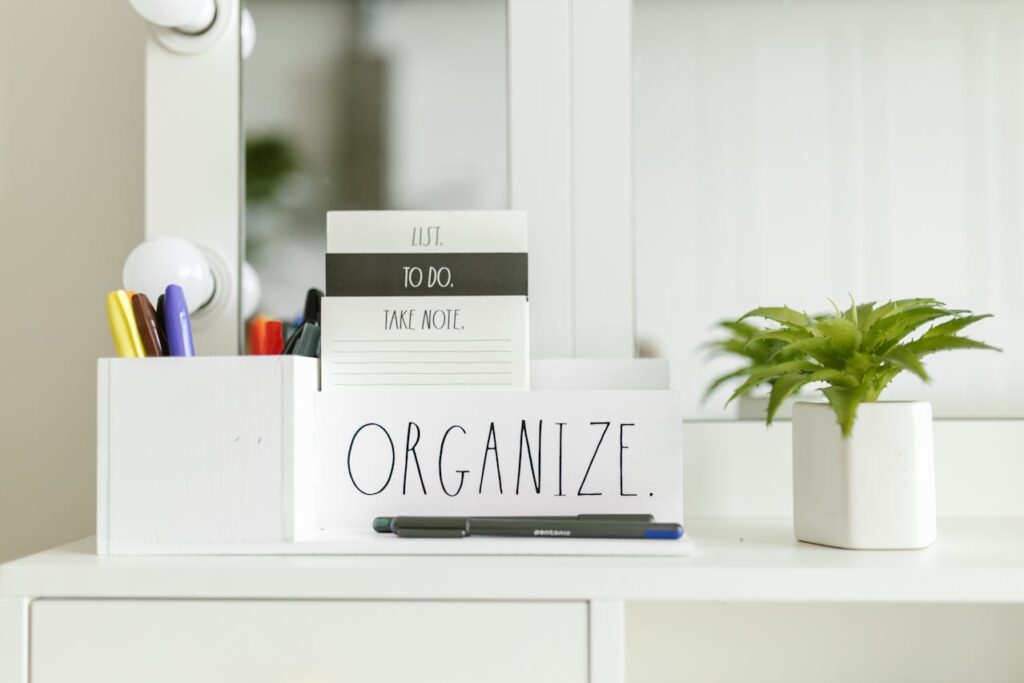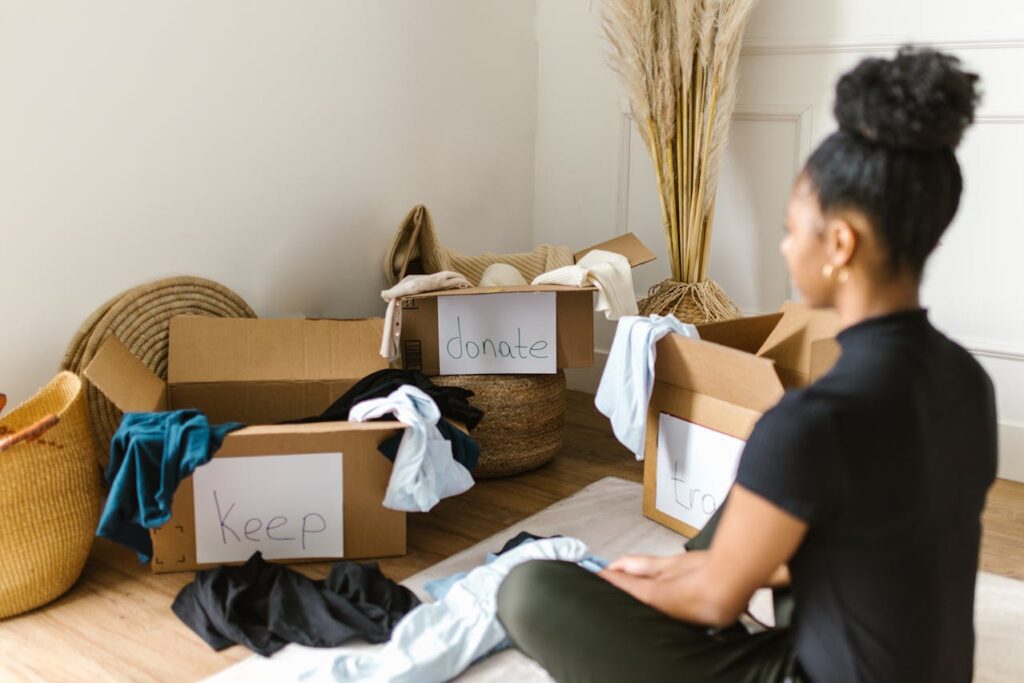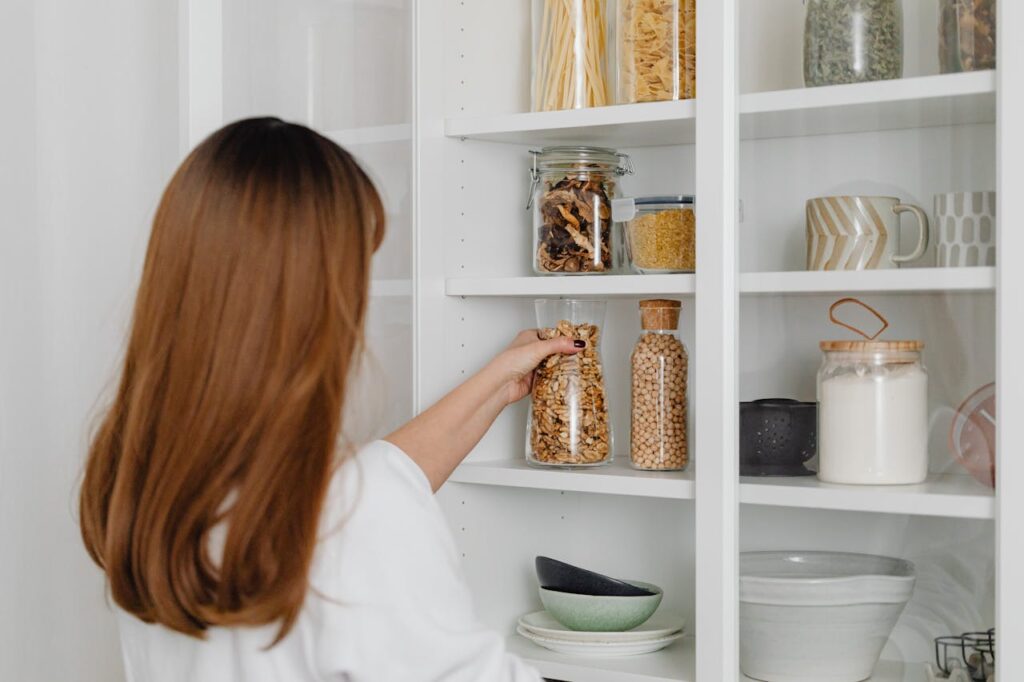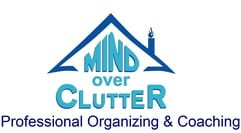Overcoming Hoarding Disorder: A Step-by-Step Guide to Organizing Your Home

My guest blogger this month is Sophia Perry from Arizona Moving Professionals
Dealing with the overwhelming task of organizing a cluttered home can seem impossible, especially when hoarding tendencies are involved. Overcoming hoarding disorder is not just about tidying up; it’s a journey toward creating a healthier, happier living space. This guide provides actionable steps to help you systematically organize your home and overcome hoarding disorder.
Understanding Hoarding Disorder
Hoarding disorder is more than just collecting items; it’s a complex issue often linked to emotional and mental health. People who have a hoarding disorder might feel a strong attachment to their possessions, fearing the loss or waste of something important. This behaviour can also be tied to anxiety, depression, or other emotional struggles.
Recognizing that hoarding disorder is not just a matter of being disorganized but a deeper psychological challenge is a significant first step in overcoming hoarding disorder. Understanding the root cause can help address the issue more compassionately and effectively.
Setting Realistic Goals
Overcoming hoarding disorder doesn’t happen overnight. It requires patience and realistic expectations. Breaking down the process into smaller, manageable tasks is important for progress. For instance, aim to organize one area, shelf, cupboard or room at a time instead of tackling the entire home all at once.
Establishing clear, specific objectives, such as cleaning out a single drawer or sorting through a pile of papers, can lead to a series of small victories. These smaller goals are more achievable and less overwhelming, creating a sense of accomplishment that can fuel further efforts. Also, remember to pace yourself; rushing through the process can lead to burnout and frustration.
Sorting and Categorizing
Create categories such as “keep,” “donate,” “recycle,” and “discard.” As you sort, ask yourself if each item is still needed, brings joy, or has not been used in over a year. This will help you decide what to keep and what to let go of.
While sorting, you might come across items that are valuable but not immediately needed. Use the right supplies for packing and packing materials to help you store these items safely and efficiently. Consider using sturdy boxes, bubble wrap, and labelling materials. This helps keep things organized and ensures your items are well-preserved for future use.

Keep It Mindful
When deciding on items to keep, consider their practicality and emotional value. Keep items that are indispensable or hold significant sentimental value. Be mindful not to let emotions override practicality. This decision-making process can be tough, as it often involves letting go of items that have been part of your life for a long time. Not everything is meant to stay forever when it has served its purpose pass it on for others to enjoy.
A useful strategy is to take photos of items that are hard to part with. This way, you can preserve the memory without keeping the physical object. Consider the available space as well; keeping too many items can lead to a cluttered space, undermining your organizing efforts.
Donate and Recycle
Donating and recycling are excellent ways to declutter while benefiting others and the environment. Items in good condition that are no longer needed can find a new home through donation. Recycling helps reduce waste and is an eco-friendly option for items that are no longer usable.
Before donating, check with local charities and thrift stores to understand their donation guidelines. When recycling, ensure that you are aware of the correct recycling practices for different materials.
Organizing and Storing
Once you have sorted your items, it’s time to organize and store them effectively. Use storage solutions like shelves, boxes, and organizers to keep your space tidy. Labelling these storage areas can also help maintain organization. It’s important to prioritize accessibility and ease of use.
Store frequently used items in easy-to-reach places and less frequently used items in harder-to-reach areas. In addition, consider the aesthetics of your storage solutions. Choosing storage options that complement your home decor can make your space feel more inviting, less cluttered and help motivate you to maintain it.

Creative Storage Solutions
Think creatively about storage. Use under-utilized spaces like under beds or over doorways. Vertical storage solutions, such as hanging shelves or stackable bins, can be especially effective in tight spaces. Look for multipurpose furniture, like ottomans with storage or beds with built-in drawers.
Maintaining the Momentum
Overcoming hoarding disorder is an ongoing process. To prevent accumulation, regularly review and declutter your space. Set a routine for organization and stick to it. This could include a weekly review of items or a monthly deep clean.
It’s also helpful to keep a journal or log of your progress. Documenting the areas you’ve organized and the items you’ve let go of can provide a sense of accomplishment and a visual reminder of how far you’ve come. Likewise, try to identify and avoid triggers that lead to acquiring more items. Awareness of these triggers can help you maintain the progress you’ve made and prevent relapse.
Support Systems
Don’t hesitate to seek support. Whether it’s friends, family, or professionals, having support can make the process less overwhelming. A support system can provide motivation, physical help, and emotional encouragement. The support can come from various sources:
- Friends and family can offer a different perspective on your possessions, helping you make difficult decisions about what to keep and what to let go of
- Professional organizers can provide expertise in creating effective storage solutions
- Therapists specializing in hoarding disorder behaviour can offer guidance and coping strategies for emotional challenges
Always keep in mind that asking for help is a sign of strength, not weakness.
Coping Mechanisms and Mindset
Work on changing your mindset and developing a healthier relationship with your possessions. Understand that letting go of items does not mean losing memories or value. Try to find joy and fulfillment in experiences rather than things. Mindfulness practices can help in this regard, allowing you to live more in the present and less in the clutter.
Also, consider exploring new hobbies or activities that don’t involve accumulating possessions. This can redirect your focus and energy into more fulfilling and less clutter-inducing pursuits. The goal is to create a living space that reflects a more balanced and peaceful state of mind.

Overcoming Hoarding Disorder Is One Step Away
Overcoming hoarding disorder is a huge challenge and is full of rewards. Following these steps, you can transform your cluttered space into a peaceful, organized home. The process takes time, and it’s okay to progress at your own pace. Every step you take is a step toward a more organized and harmonious living environment.
In the comments share a tip or resource that helped you to overcome hoarding disorder.
Julie Stobbe is a Trained Professional Organizer and Lifestyle Organizing Coach who brings happiness to homes and organization to offices, coaching you virtually using Zoom. She has been working with clients since 2006 to provide customized organizing solutions to suit their individual needs and situations. She uses her love of teaching to reduce clutter, in your home, office, mind and time. She guides and supports you to be accountable for your time, to complete projects and to reach your goals. If you’re in a difficult transition Julie can coach you to break-free of emotional clutter constraining you from living life on your terms. Online courses are available to help instruct, coach and support your organizing projects. Get started by downloading Tips for Reorganizing 9 Rooms.
Contact her at julie@mindoverclutter.ca

